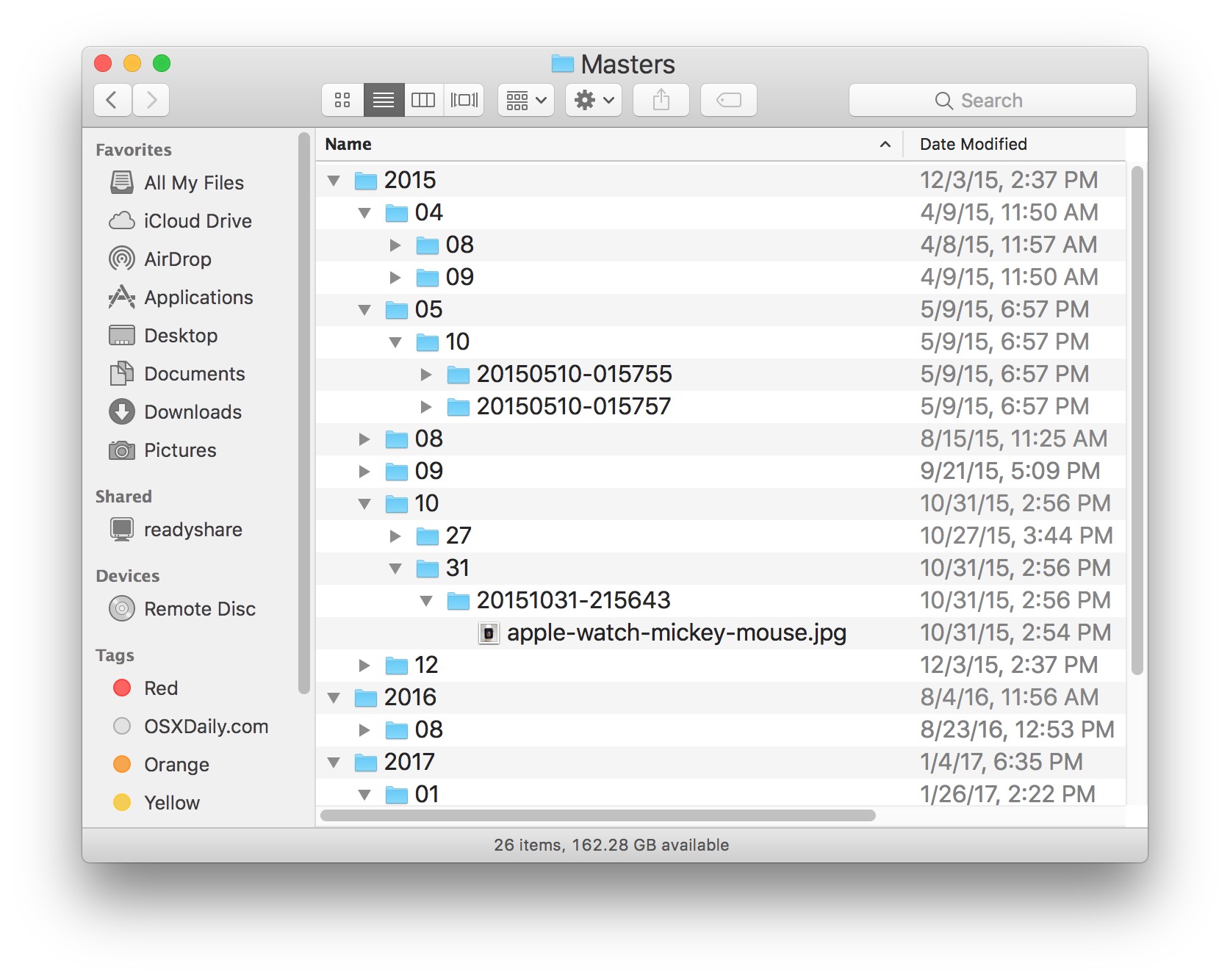What Is The Default Location For Photo Library On Mac
The user Library folder is hidden by default in Mac OS X 10.7 and later releases. Use one of the following methods to make the user library content visible. Give the new photo library a name and choose a location on the Mac to store the new photo library (the default will be the users Pictures folder where the other photo libraries are stored) Photos app will launch with a new and completely blank photo library, ready for you to import pictures into and giving the familiar fresh launch screen with.
This app is a complete Mac data recovery solutions to recover all types of files from Mac's hard drive, including your photo library, and also from other portable devices like USB flash drive, external hard drive, SD card, iPhone. Mac os partition hard drive.
Set tabs in a document in Word for Mac. Add dot leaders. The space between tabs can show dots, dashes, or other 'leader' characters to line up information. How to use dot leaders with tabs. Word 2016 - Page Numbers Starting from a Specific Page - How To Number Start Pages in Add Numbering - Duration: 5:32. Professor Adam Morgan 303,289 views. A dot leader can be a handy aid to readers trying to read information across a page. For example, a table of contents often uses dot leaders, leading the reader from the chapter title on the left of the page to the respective page listed on the right side. Document, using any version of Microsoft Word on a PC or a Mac. Tab and dot leaders A tab leader connects text and page numbers in an index of authorities. Click on the Ruler (if you don't see it, use View > Ruler) to define the position of your tabs (choose the various types using the icon to the left of the Ruler) Choose Format > Tabs Click on each tab number on the list to the left, select the type of leader and press Set. Using dot leaders in word for mac.
If you placed photos anywhere else on your HDD (including the Pictures folder), they have to be Imported into iPhoto before iPhoto can work with them. By default, when you Import an image, iPhoto makes a copy of the original and places it in the Library.
After reading some scary procedures with symlinks and the terminal app to trick apps into saving libraries to other locations, I found this simple, 'for Dummies' solution: I did this in Photos v.2 in OS 10.12 with iCloud Library: Copy your Pictures folder (under Users/ YOURUSERNAME) to another drive (I created a dropbox folder on a fast non-system drive ) THEN. HOLD DOWN THE OPTION KEY--hold it down hard and keep holding it until you see a window where you can select a new library to use. You may have to select 'Other' and navigate to your new instance if it doesn't show up in the window. Select the file Photos Library.photoslibrary in your NEW location.

Inside the Pictures folder, click on the iPhoto folder. Here you will see the iPhoto Library file. Control + click on the iPhoto folder and select copy iPhoto.
It's easier to find albums that might normally be hidden without the sidebar on display. How to toggle on the sidebar in Photos for macOS Sierra and older If you're running macOS Sierra and older, you can hide or unhide the sidebar as you prefer. Solidworks for mac.
• Drag any albums you'd like into that folder. How to use smart albums in Photos for Mac Need to find a group of pictures quickly? Hook yourself up with Photos for Mac's smart albums. Smart albums have long been a great way to quickly organize your images without the hassle of having to manually add each individual photo. Like other workflow-type actions, Smart Albums use a series of if statements to automatically select a certain subset of your images. For instance, if you wanted to see all your edited photographs, you could make a condition that said 'Photo [is] [edited]'.
What is even the point of this photos app? Photos is a database for photos. A photo is more than the image file your camera produced. The Photos.app is storing and managing the relations between the different versions of a photo, derived from your original photo. It is managing the metadata you apply, you can see which adjustments you applied, remove the adjustments individually, compare versions of the photos, organize them in albums, It is more than the Finder could do for you The Finder is dealing with files, Photos is modelling the specific attributes of photos and how the different versions of a photo relate and how they are used in projects.
A robust and feature filled application, iPhoto is a great way to organize your picture library. IPhoto includes Events, Places and Faces, which can arrange photos by date, geo-location and facial recognition software respectively. You’re also able to create slideshows, photo books and albums. With today’s HD camcorders and high megapixel cameras, storing all your photos on the computer can take up a large portion of the hard drive.
With today’s HD camcorders and high megapixel cameras, storing all your photos on the computer can take up a large portion of the hard drive. When your iPhoto Library becomes to large to stay on your internal hard drive, it’s time to move it to an external or network drive. First you must locate the iPhoto Library file, which should be located in your Pictures folder. Open a new Finder window by clicking on its logo in the dock. Click on the Pictures folder in the left-hand sidebar. If you don’t see the Pictures folder here, you may need to select your Home folder first and then Pictures. Access for mac office 365.